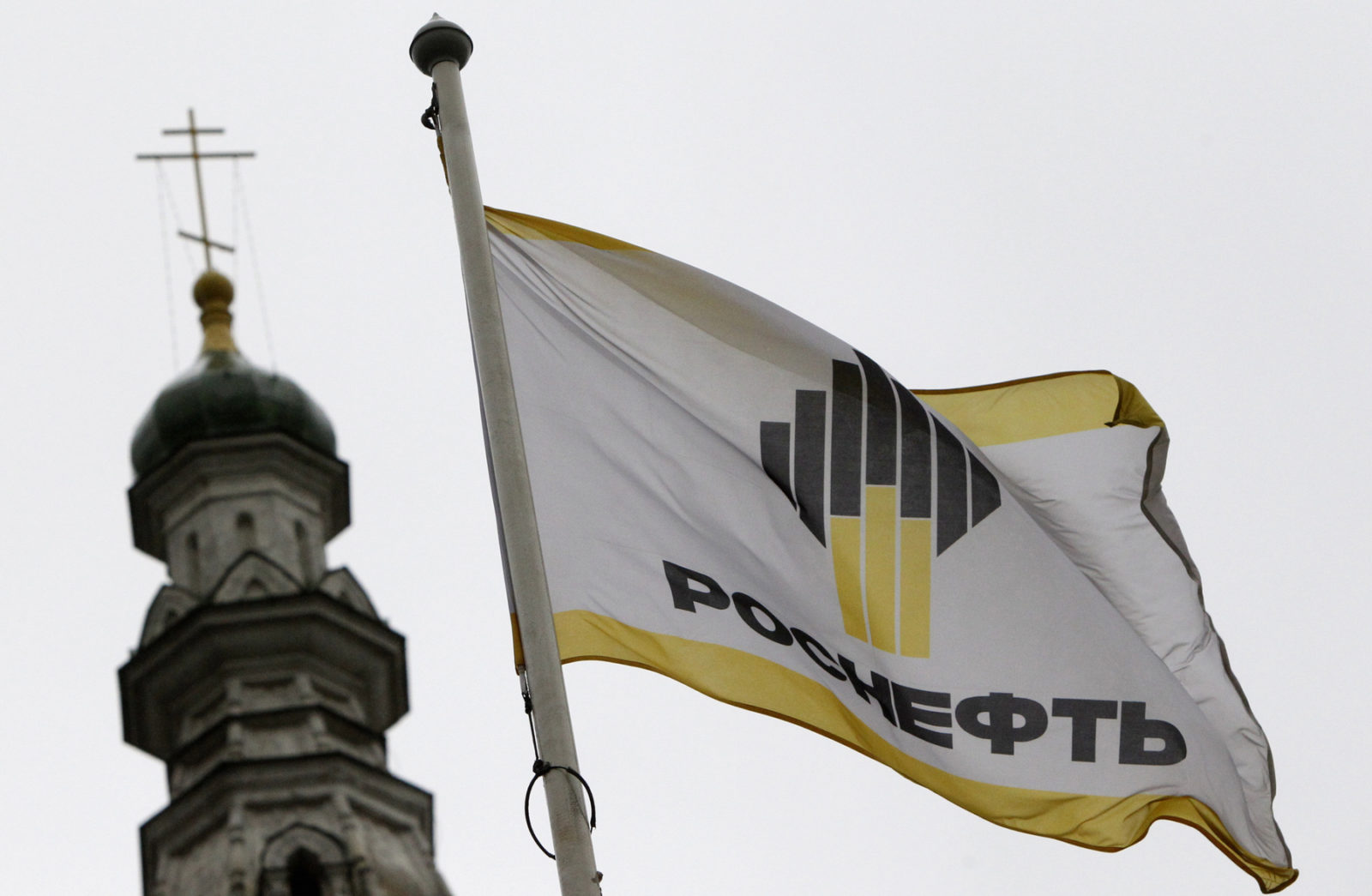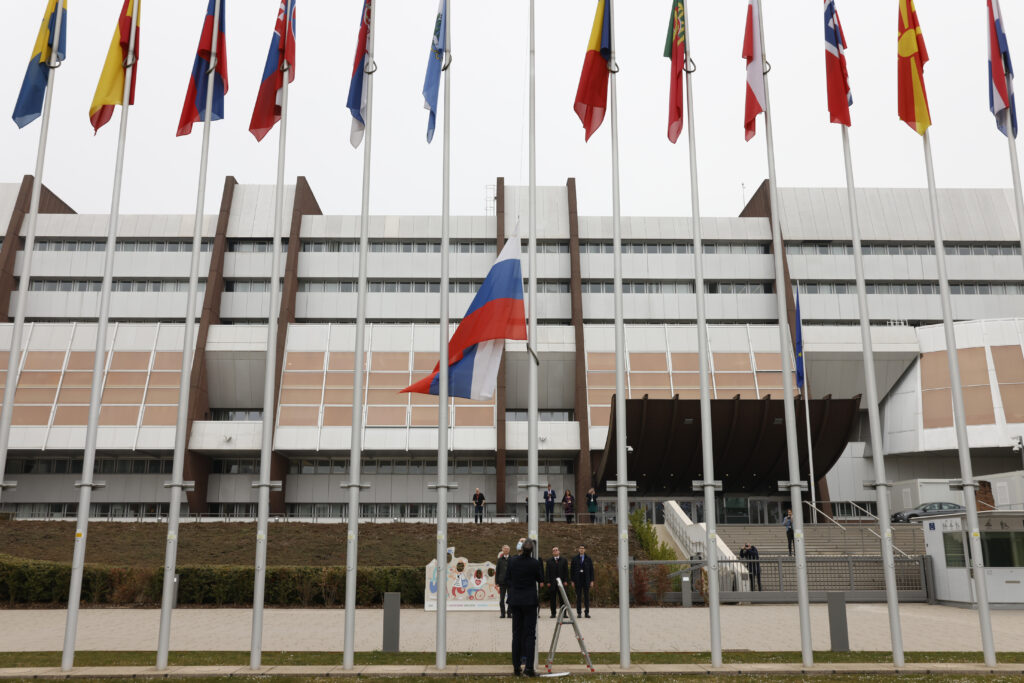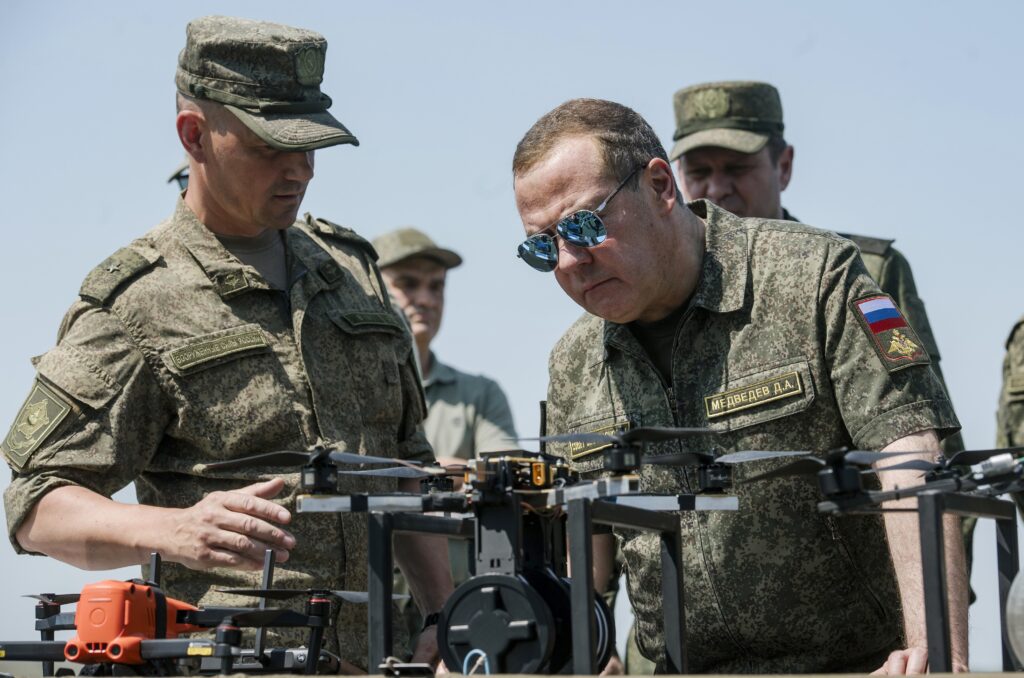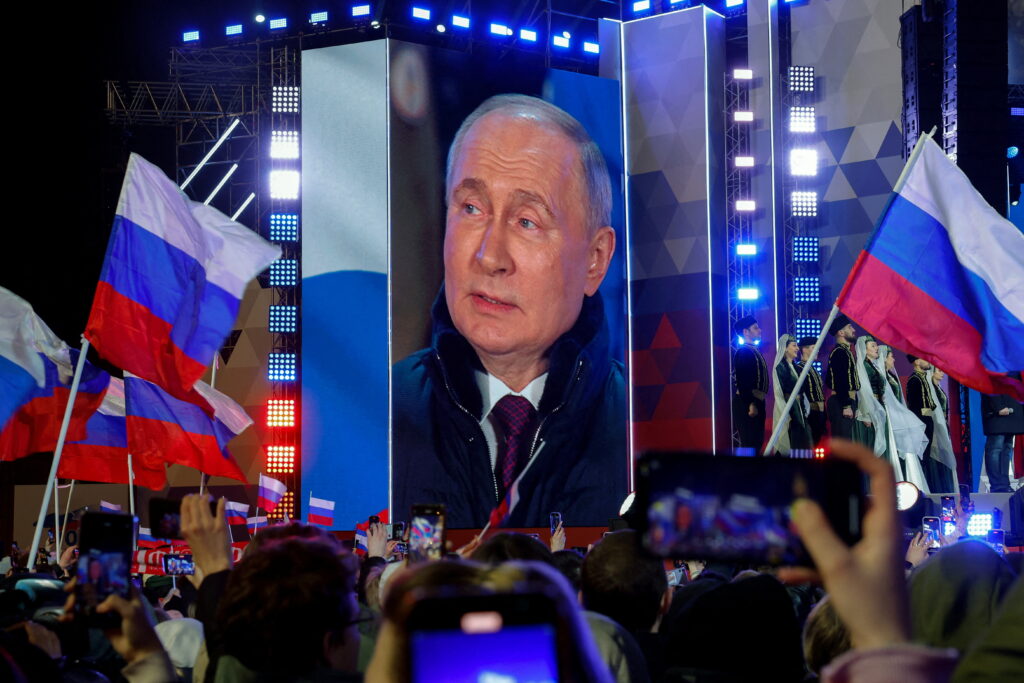US sanctions on Russia’s hydrocarbon sector appear set to stay, nearly six years after they were introduced in response to Russia’s annexation of Crimea. Baring Western firms from supporting fracking, deep offshore projects, and Arctic projects – as well as limiting the length of financing that can be offered to listed firms, firms listed under Directive Four of the Sectoral Sanctions Identification (SSI), include every major Russian oil firm, from privately-held Lukoil through to Rosneft. They have not affected Russia’s status as one of the major oil players; but their more subtle effects will shape oil markets for some time to come.
The sanctions caused Western oil firms to halt considerations of new projects in Russia. It is a country where they have had some notable, if occasionally-harrowing, successes. The pinnacle was arguably the US$55 billion sale of TNK-BP to Rosneft in 2013. Equally, the sanctions have also slowly caused a few long-term pre-sanctions efforts to be scrapped. Most prominently, ExxonMobil’s decision to walk away from its joint ventures with Rosneft in the Arctic and Black Seas in 2017. In a sign of the desire for such investment, the Russian firm specifically left the door open to ExxonMobil’s return.
Rosneft is perhaps the most controversial company covered by the sectoral sanctions; Trump Administration officials have repeatedly called for tighter sanctions on the company for its activity in Venezuela. Yet Rosneft is in part shielded from such calls by its geostrategic importance. Blacklisting the firm have a disruptive impact on oil markets. It would perhaps mimick the tumult seen in aluminum markets after Rusal was caught in the sanctions crosshairs following Oleg Deripaska’s 2018 listing. Any Rosneft sanction would affect BP, which received a 19.75 percent stake in the firm as part of the TNK-BP sale.
In fact, Rosneft’s desire to work with ExxonMobil is likely motivated more by a desire to toughen its sanctions shield than any other operational reason. The company has already done so repeatedly in the last six years. One such move was an investment by the Qatari government. Another was Rosneft’s own purchase of Essar Oil in 2017, which gave it control over India’s second-largest refinery.
On the other hand, there has been almost no Western interest in the last two major Russian oil sales — the 2016 sale of Bashneft (to none other than Rosneft) or the much-troubled 2017 part-privatization of Rosneft that ultimately went to Qatar. Western investors are unlikely to return to Russia’s oilfields soon. Particularly amid Rosneft’s growing dominance of the sector, and its preferential treatment by the Kremlin.
The sanctions’ regime has also had little impact on Rosneft and other Russian oil suppliers’ ability to sell into Europe. Besides being targeted by SSI’s Directive Four, Rosneft is also listed under the second of the four directives. The second directive limits the kind of financing that firms tied to the US financial system can offer to oil producers to 60 days. However, this is notably longer than the tenures allowed for firms listed under the other two debt-financing directs: 14-days for financial services firms listed under Directive One and the 30 days for defense firms listed under Directive Three. That has crucially enabled trading and supply contracts to off-takers such as Poland’s PKN Orlen and LOTOS to keep financing their Russian oil imports from Rosneft.
The 30-day limit does rein in Rosneft’s ability to strike longer-term supply agreements. Though that did not stop Glencore from reaching a five-year deal with the firm in 2016. This appears not to have violated the sanctions; it was part of the firm’s planned equity investment into Rosneft, but others have not followed suit.
In 2019, the US Treasury signaled it would take a hard line on all such financing deals by settling with New Jersey-registered Haverly Systems for violating Directive 2 by allowing a Rosneft invoice to go unpaid for longer than the specified time period. The US Congress has also signalled its desire to keep the measures tight, having legislated for the time-limit for debt to Directive 2 companies to fall from 90 das to 60 days in the 2017 Countering America’s Adversaries Through Sanctions Act (CAATSA).
Russia remains able to self-regulate its oil output; it has set post-Soviet production records in recent years. In the aftermath of the sanctions, Russia has in fact gained more ability to do so, mostly by aligning with the Saudi-dominated Organization of Petroleum Countries (OPEC). Known as OPEC+, the bolstered cartel helped not just Russia but other oil producing nations respond to the global collapse in hydrocarbon prices in 2014-2015. However, this has also strongly disincentivized greenfield oil investment.
The inability for Western firms to invest in Arctic or deep offshore projects has pushed Russia to seek to maximize output by investing into exiting brownfield sites. For these to be truly tapped most efficiently it would require the fracking technology that is also banned under Directive Four. This has resulted in Russia’s oilfield services sector also getting politicized. Last year Schlumberger, the world’s leading oilfield service provider, had to give up its bid for a major stake in Russia’s Eurasia Drilling Company, a deal it had been pushing for since 2015.
Despite the recent record output, the decline in foreign investment into Russia’s oil sector means there are significant concerns that Russia will lose the ability to pump oil at current levels over the coming decade. The US would consider that a foreign policy success. Yet from the same standpoint, the sanctions have also had costs. Russia’s oil sector is more tightly controlled than it has been at any point since the Soviet Union; Moscow appears set to secure some foreign investment from non-Western investors such as India and the UAE, while also soliciting Beijing’s investment — though China appears to have decided to hold off for now.
Finally, the one key area not covered by the sanctions is Russia’s budding liquefied national gas sector. This has attracted significant investment from US allies. Over the last year alone – France’s Total has done so with regards to the Arctic LNG-2 project, as have Japanese firms JOGMEC and Mitsui. Rosneft is also launching a separate LNG project in its far-eastern waters, Sakhalin-2. It has done so with investment from not only Japan’s Marubeni and Itochu but its government as well.
While the sanctions environment combined with a depressed pricing outlook may have chased Western investors away from Russian greenfield oil investment, where the risk-reward analysis makes sense, they are still willing to develop Russian hydrocarbons. Tellingly, Sakahlin-2’s final pair of foreign investors is ExxonMobil and Shell.










